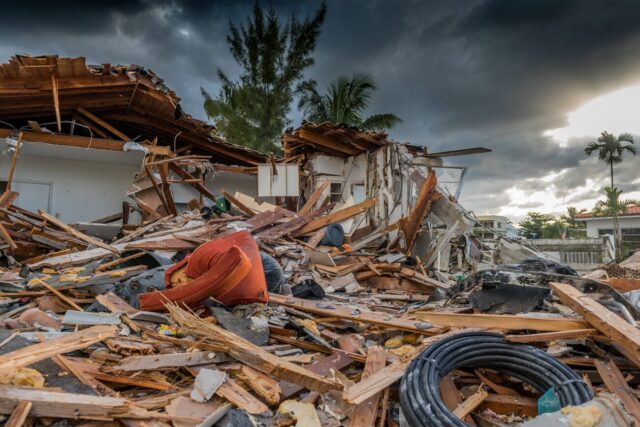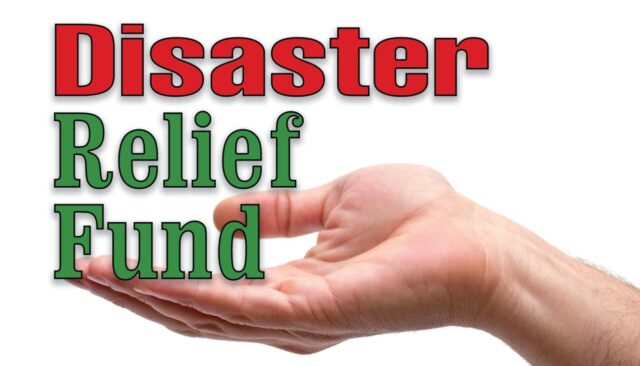
Environmental catastrophes can have devastating affects on local and regional economies. From hurricanes and floods to oil spills and wildfires, natural and man-made disasters often disrupt business operations, damage infrastructure, and displace workers. Recovering from these economic impacts requires strategic efforts by government, businesses, and communities.
Financial assistance, policy changes, infrastructure rebuilding, and workforce development programs are essential for getting economies back on track after catastrophe strikes.
Government Disaster Relief Funding

After major disasters, federal and state governments provide disaster relief funding to help repair damaged infrastructure, assist displaced residents, and support economic recovery. According to the folk at Brother’s Brother Foundation, the Federal Emergency Management Agency (FEMA) gives out billions of dollars annually in disaster recovery grants.
These funds help rebuild roads, bridges, utilities, public buildings, and housing. FEMA also provides temporary housing vouchers and low-interest Small Business Administration loans. For widespread catastrophes, Congress often appropriates additional disaster relief funding.
Longer-term federal economic development grants are also important for recovery. The U.S. Economic Development Administration has programs specifically for disaster recovery, including investing in infrastructure reconstruction and providing technical support for rebuilding strategies. State and local governments may also have special disaster recovery funds and programs.
Business Interruption Insurance
Businesses should have business interruption insurance to provide some protection after disasters. This insurance covers lost income and operating expenses if a business is damaged and unable to operate normally. Funds can help repair property damage, pay employees, and cover other fixed costs during shutdowns. However, many businesses are underinsured and may need further government assistance and private loans for a full recovery.
Public-Private Partnerships

Public-private partnerships can supplement government disaster funding. Partnering with chambers of commerce, business associations, utilities, and private investors can bring additional capital for rebuilding. Partnerships can take on major infrastructure projects or support programs assisting small businesses. Pooling public and private funding sources makes recovery efforts more sustainable.
Economic Diversification
Areas reliant on a single industry are highly vulnerable to economic crisis after disasters. Diversifying the local economy across multiple resilient industries helps cushion the blow. Economic developers can attract new types of businesses with growth potential. Fostering entrepreneurship also expands options. Workforce training programs create skilled talent for emerging industries after old jobs are lost.
Tax Incentives
Governments use tax incentives to encourage business investment in recovering disaster areas. Tax increment financing districts provide funding for redevelopment projects. Special Opportunity Zones have tax benefits for new businesses. Sales tax exemptions lower startup costs. Tax credits incentivize hiring local residents or rebuilding damaged properties. Property tax abatements temporarily reduce costs for property owners.
Infrastructure Resilience

Reconstructing stronger, more resilient infrastructure is crucial for sustained economic recovery. Building higher flood barriers, underground power lines, redundant transportation links, and microgrids makes systems better able to withstand disasters. Robust infrastructure protects homes, businesses, and jobs.
Local Workforce Retraining
Retraining programs reskill displaced workers and connect them with jobs in growing industries. Workforce development agencies can provide career counseling and vocational training to transition into positions in healthcare, construction, technology, renewable energy, and other fields. Business incubators help workers start their own small businesses.
Marketing Campaigns

Marketing campaigns aimed at tourists, businesses, and investors promote the area as reopened for business after overcoming adversity. “Open for Business” advertising highlights restored attractions, infrastructure, and amenities. Marketing helps bring back conventions, sporting events, and tourism. Promoting the community’s resilience and economic diversity attracts new investment.
Conclusion
Rebuilding a strong local economy after environmental catastrophe requires time, resources, and coordinated strategies. Although disasters cause immense damages, mobilizing to build back better prepares the economy to thrive again. With thoughtful planning and support, recovery is possible.







